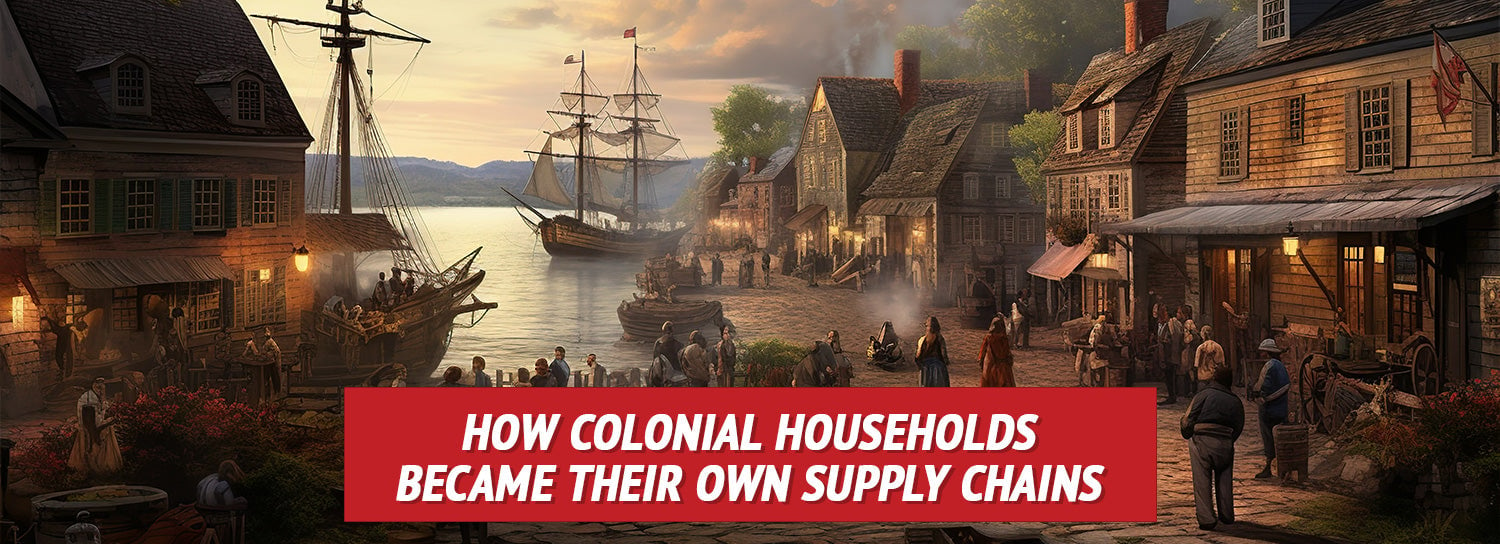
America’s first patriots didn’t wait for shipments from across the Atlantic – they couldn’t.
When Parliament tightened the screws, colonists loosened their dependence, turning gardens, barns, and back-room workshops into personal supply chains.
Victory wasn’t won only on the battlefield…
It was cultivated in every backyard row of beans, every barrel of salted venison, and every candle pulled from a pot of beeswax.
That everyday self-reliance lit the fuse for Independence – and it’s the same spark we need today.
If the trucks stopped rolling tomorrow, could your household keep the lights on and food on the table?
The colonists could because they mastered simple habits: Grow it, hunt it, milk it, preserve it, forge it, made it, barter it, and buy local when all else fails.
Step inside a colonial homestead and see how ordinary families pulled off the ultimate supply-chain pivot…and how you can start rebuilding the same resilience before the next disruption hits.
They Grew Their Own Food
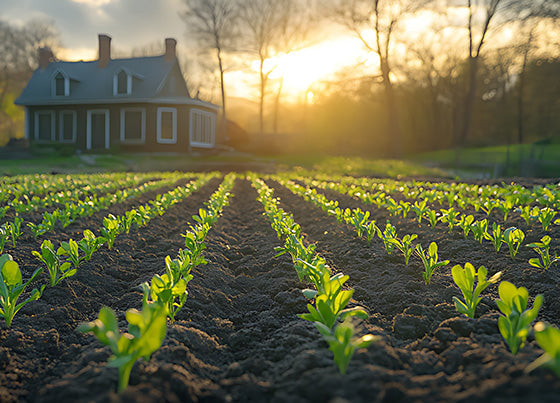
In colonial America the “produce aisle” was the kitchen garden just outside the back door.
Colonial American families relied on the food they grew in their own backyards – with most families having at least a small garden to provide daily food.
Pantries weren’t lined with one-crop monotony either.
Heirloom varieties of cabbage, carrots, and onions matured at different times, stretching harvest season well beyond summer.
Don’t wait until the supply chain halts – start growing your own food today using sprouts and heirloom seeds.
They Hunted and Fished
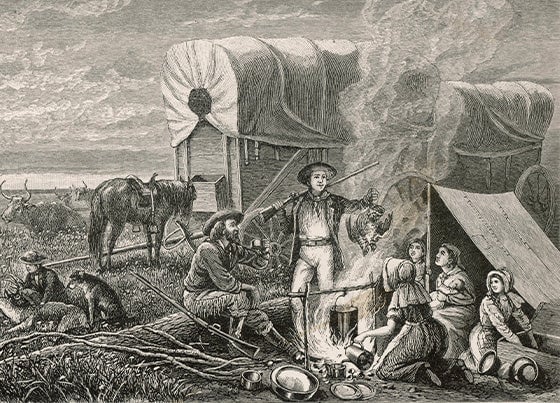
Colonial gardens supplied the daily calories, but meat kept strength in their muscles.
Families headed for the woods, tracking deer in the fall, stalking wild turkey before snow, and grabbing rabbit or squirrel whenever they crossed a field.
Nothing went to waste – meat filled the stew pot, hides turned into moccasins and harnesses, and bones simmered into rich broth.
Waterways were just as critical.
Nets, traps, and trotlines hauled in catfish, trout, and spring shad without firing a single shot – an efficient way to add protein while preserving precious gunpowder.
A well-placed fish trap could work all night while the farmer slept, and the catch was salted, smoked, or sun-dried for winter storage.
Protein wasn’t a luxury…it was survival currency.
Don’t wait until shelves go bare to gear up.
Add compact hunting and fishing tools to your preparedness kit now. My Patriot Supply offers specially designed emergency fishing rods and survival fishing and hunting kits.
Tuck a set into your go-bag today so you can secure dinner – just like our forebears – when the modern supply chain stalls.
They Tended Animals
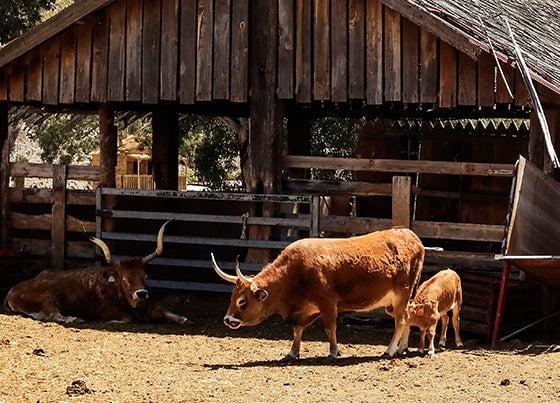
They didn’t stop with backyard gardens, hunting, and fishing for sustenance.
They also had cows and chickens of their own for eggs and milk.
The Herald News explains, “For families in rural areas, tending the animals was a must. Children usually handled simpler chores such as feeding, watering, milking the cows, and collecting eggs. Before they could feed the animals, they had to first make hay. Children as young as seven would know how to milk cows and drive a horse buggy.”
By growing their own food, hunting and fishing for protein sources, and having fresh dairy animals, they essentially had their own grocery sources.
They Stored Their Own Food
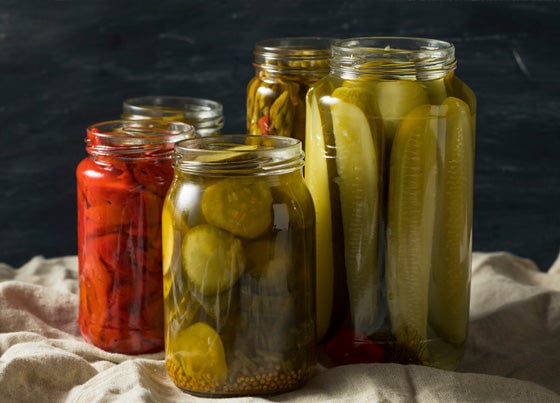
But they didn’t stop there. They understood that they needed to have food stored to make it through the winter.
They built spaces in their homes to store food, such as root cellars and ice houses.
They also mastered different techniques for preserving food, including salting, drying, and pickling.
Having an emergency supply of food is necessary for families today, too.
Invest in a variety of long-term emergency food that can be stored for years to come.
They Produced Their Own Candles
Without electricity, candles were a must, and many colonists made their own.
You can still make dipped candles the same way today.
Here are instructions from Education.com for making your own candles like they did in the colonies.
Materials
- A long, thin metal can
- Old saucepan (It will get messy!)
- 1.5 pounds of wax, or enough to fill your can seven inches when melted (We recommend beeswax because it is the most historically accurate to colonial times. Bonus: It also smells great and results in a soft, buttery texture! Other options include paraffin wax and old candle stubs with the wicks removed.)
- Candle wicks (available at craft stores) or plain string
Directions
- Add two inches of water to your saucepan. Place a chunk of wax into your can and place in the center of the saucepan to create a water bath.
- Boil water and melt the wax until completely liquid.
- Prepare wicks while the wax melts. Tie one end of the string around a stick with a secure knot.
- Lay down newspapers and/or bring can of melted wax and wicks outside.
- Hold the sticks with the strings attached over the can of melted wax, and dip quickly in and out. Each dip should leave a thin coat of wax on the wick. For best results, keep the wick straight and dip quickly—leaving it in too long could result in the entire candle melting!
- Allow the first layer of wax to cool. Some fun ideas: dip the entire candle in a bucket of cool water to speed up the process, or have your child speedwalk while holding the candle wick for the 'run and cool' method.
- Repeat steps five and six until your candle is the desired size.
- Note: You may need to melt the wax again. To do this, just return the can to the saucepan and boil until melted. If excess wax balls up at the end of the wick, cut off the end so that the wick is even with the end of the candle, then return the ball of wax to the can.
Making DIY candles is a good hobby and skill to have, but it is not the only way to keep dark rooms lit.
Purchase a solar generator or a budget-friendly 100-hour emergency candle to ensure your family can keep the lights on even during emergencies.
They Processed Their Own Yarn
When it came to clothing, colonists would shear sheep and then process their own wool.
They would use the wool to knit socks, scarves, and mittens.
They would use the threads for sewing everything from clothing to bedsheets.
They Bartered for What They Couldn’t Make
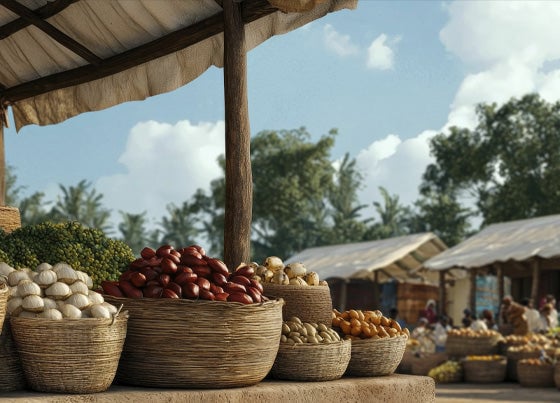
While most colonists tried to be as self-sufficient as possible, they understood the necessity of community.
According to The Colonial Economy, “Towns were super important in colonial America. When you arrived, the first thing you had to do was find a town that was still accepting new people. This would give you access to farmland and let you participate in the local economy. People in towns engaged in small-scale trade and supported one another as much as they could.”
Living in a close community allowed them to barter to have the rest of their needs met.
They Supported Local Industries
The final piece of the early supply chain revolved around supporting local industries.
When needed, they would visit local business owners.
There were businesses for carriage making, welding, dressmaking, sawmills, and more.
By practicing self-sufficiency, purchasing, and trading locally, their supply chain stayed close to home.
May we all aim to be like-minded.
From all of us here at My Patriot Supply, Happy Fourth of July!
In liberty,
Elizabeth Anderson
Preparedness Advisor, My Patriot Supply


